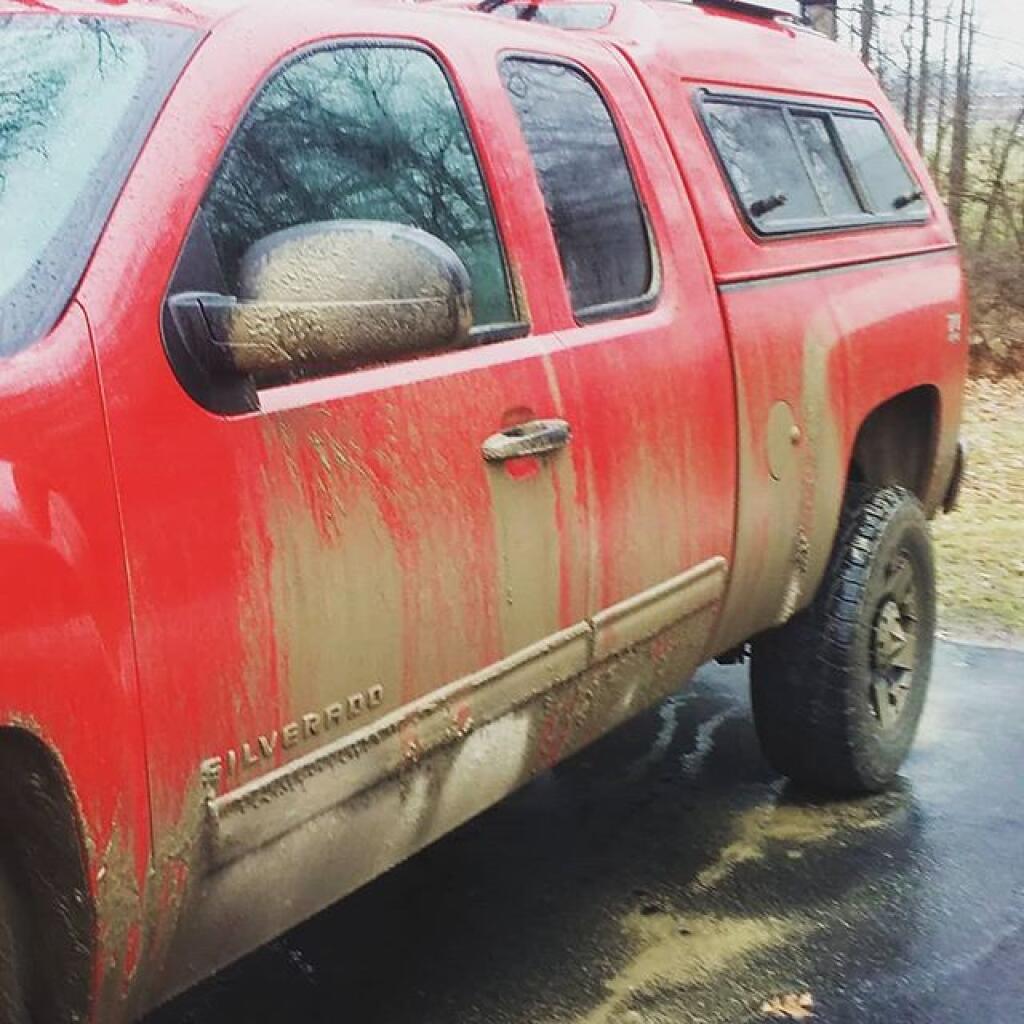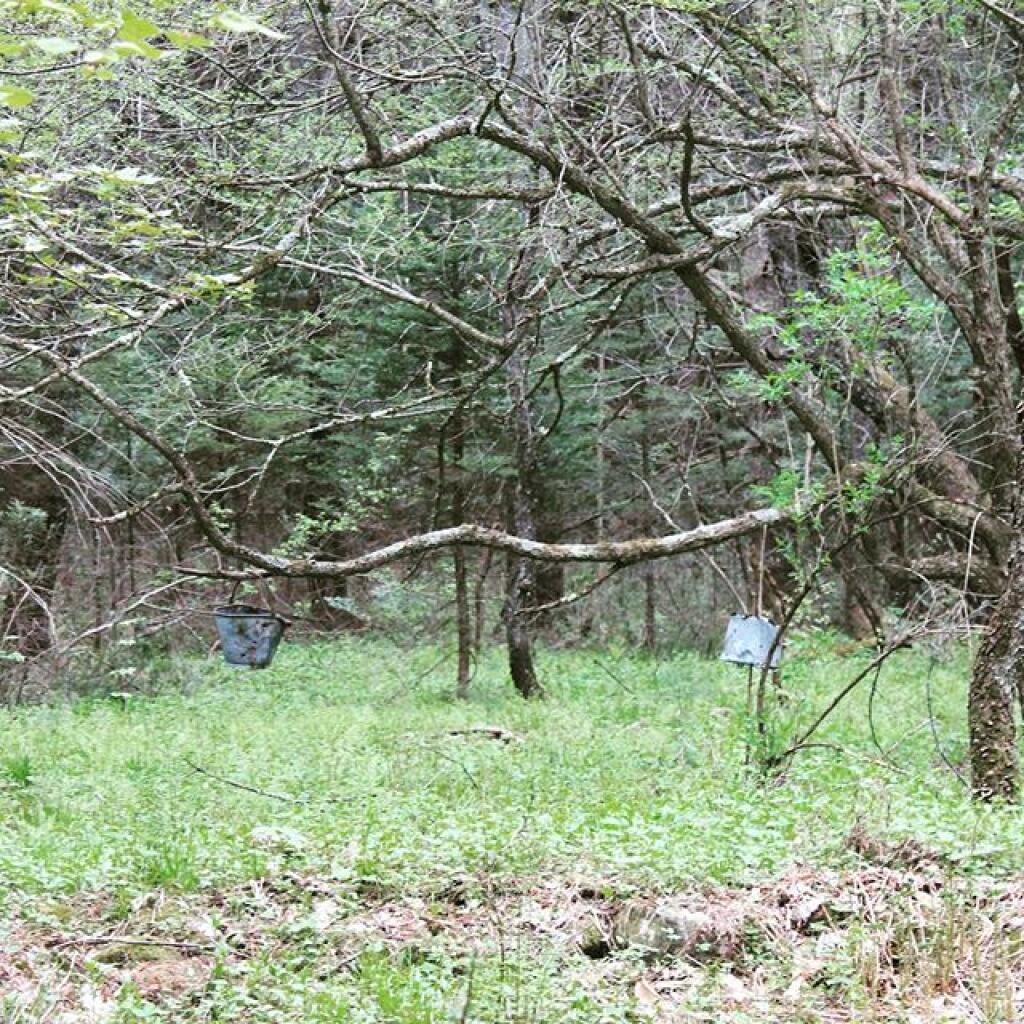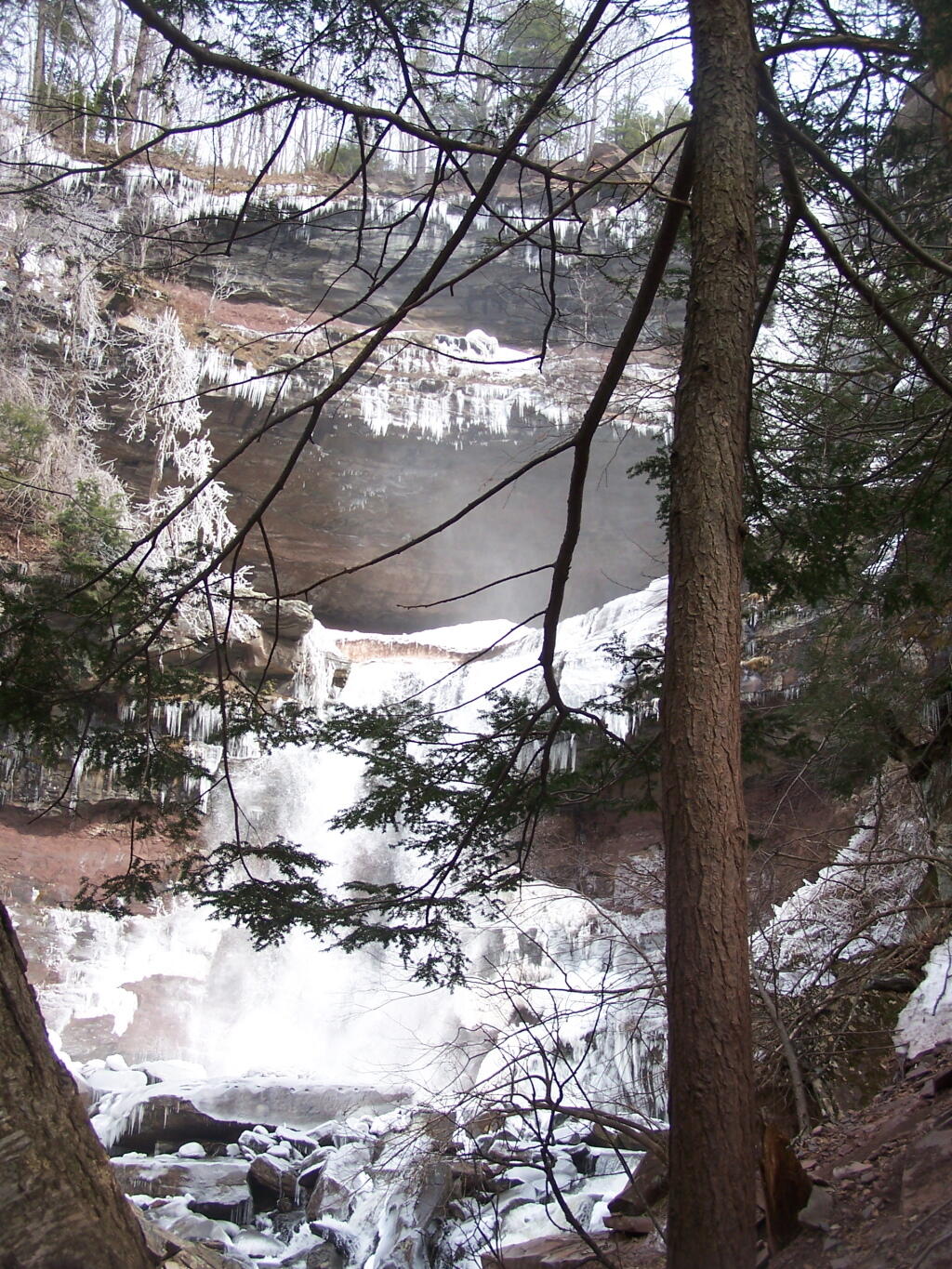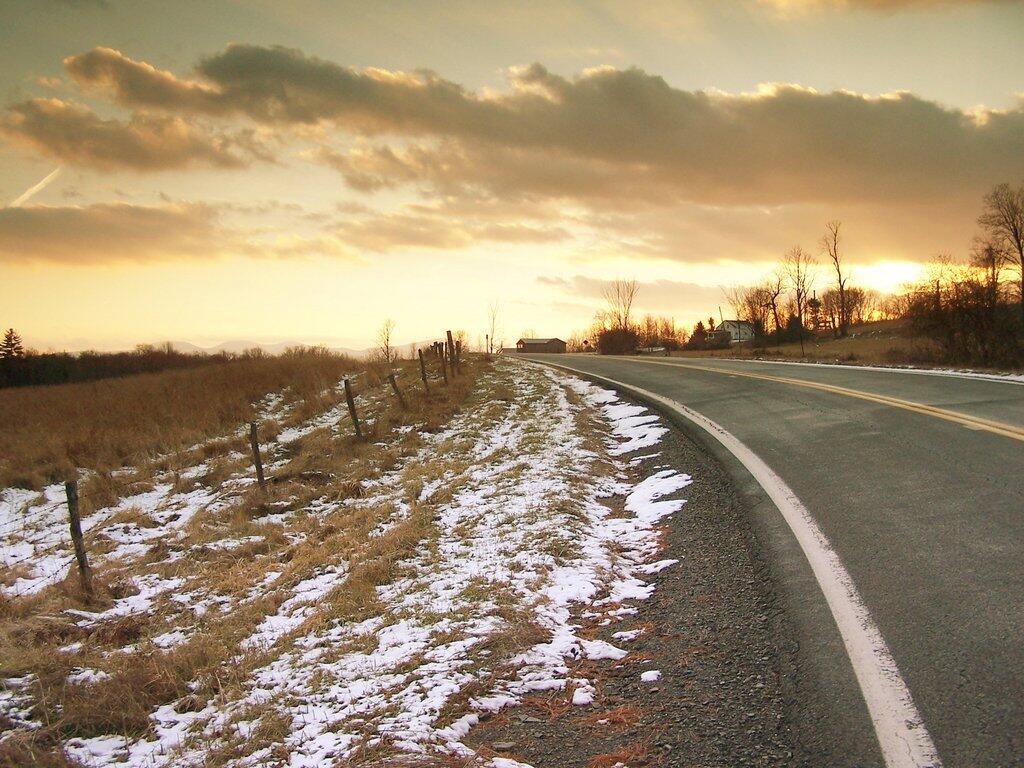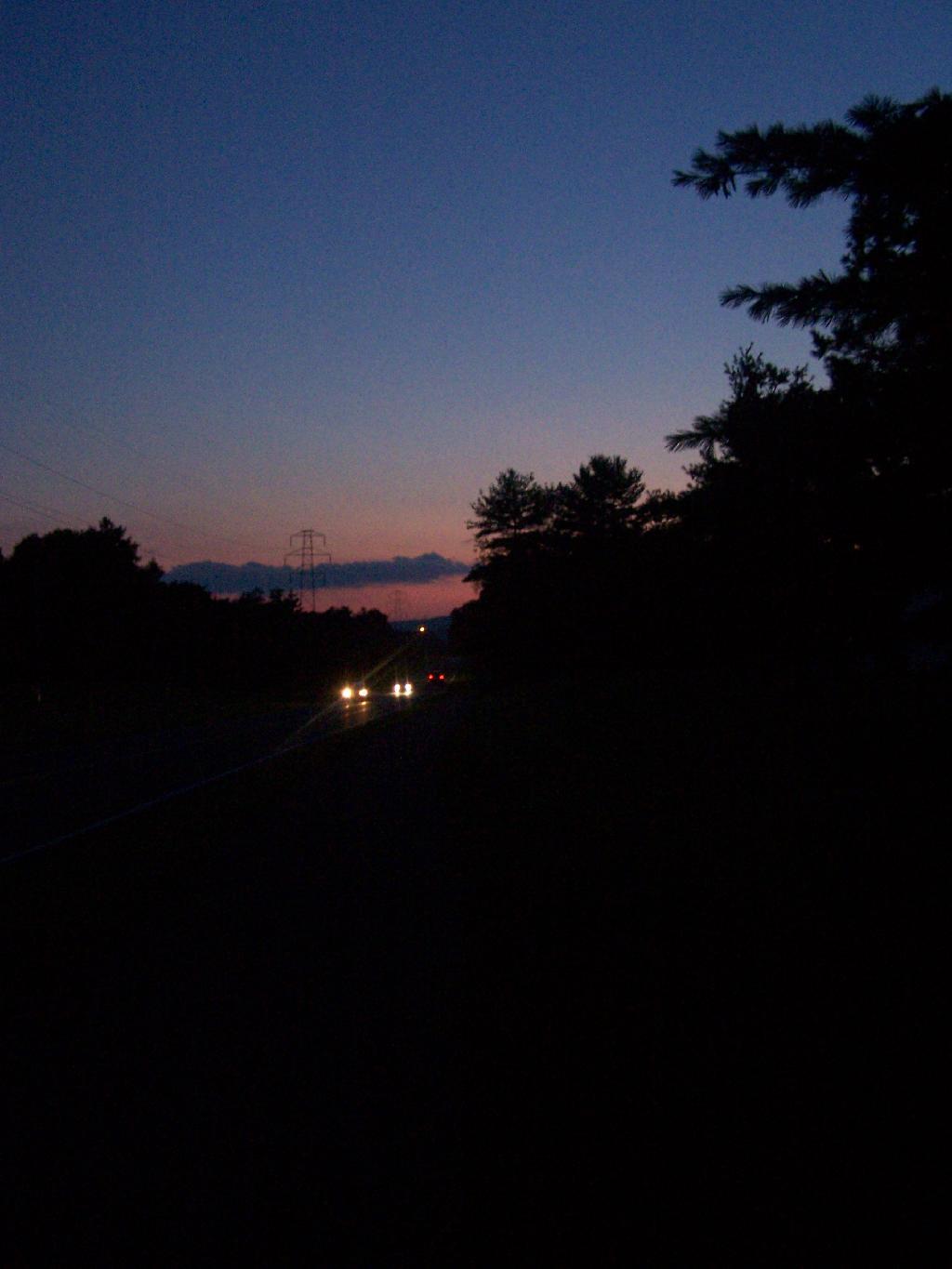It takes the NY State Department of Labor a long time to produce data on the Unemployment Rate. It usually is not released until the middle of the month proceeding month, so the data for September, was not released until around October 20th. The NYS DOL breaks unemployment data down by county, which is relatively easy to merge with Census TIGER Shapefiles, and produce some nice maps. Which is what I did.
Here is the NY State Unemployment Rate by County.
Notice how Rural Western NY has some of the lowest unemployment in the state, though the rate in Saratoga County, along with NY City suburbs of Putnam, Rockland, and Westchester Counties shows the economy is relatively strong in that portion of state too.
Unemployment tends to peak in the Southern Tier and also in the counties impacted by Hurricane Irene that month, e.g. those of the Catskills and the Central-Leatherstocking Region of state.
Here is the Change in NY State Unemployment Rate from September 2010 to 2011.
Notice how Western NY is creating jobs while the economy is stagnant or losing jobs in the regions impacted by Hurricane Irene. Those Hurricane-related job losses may be temporary, and not reflected in the October numbers, but they do suggest that there is a lot of growth occurring in Western NY, not occurring in the Eastern portion of state.
Also, note the weak economy in the Tug Hill Plateau region between 2010 and 2011. Unemployment has increased in Jefferson and Lewis County during that time period, while remaining stagnant in Oneida County. Definitely not good news in that rural part of state.
I probably will do a new series of maps come the release of the October numbers later in the month.
